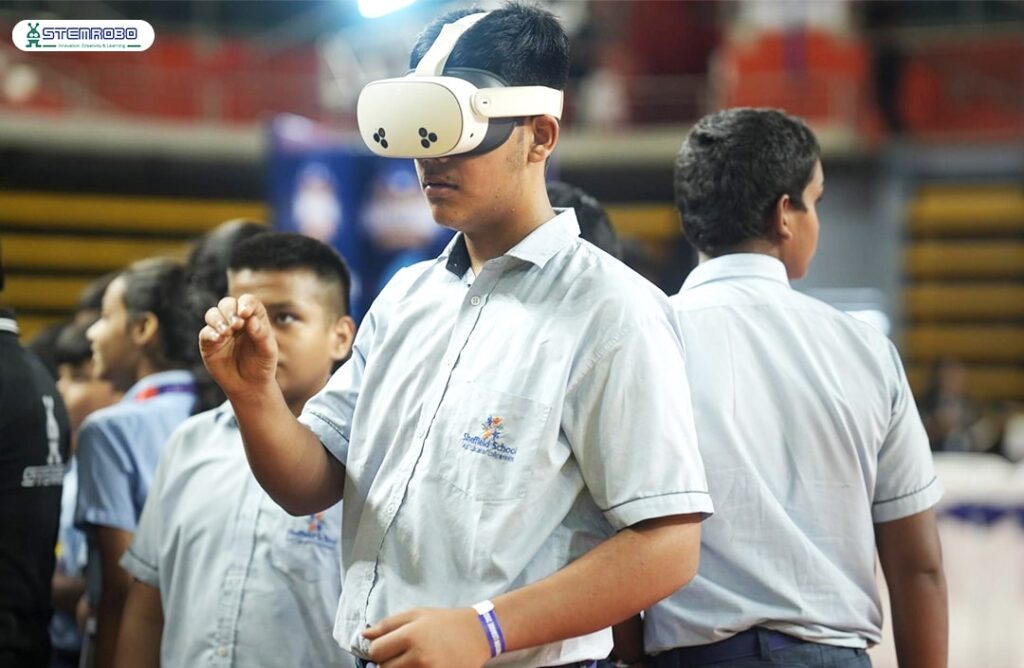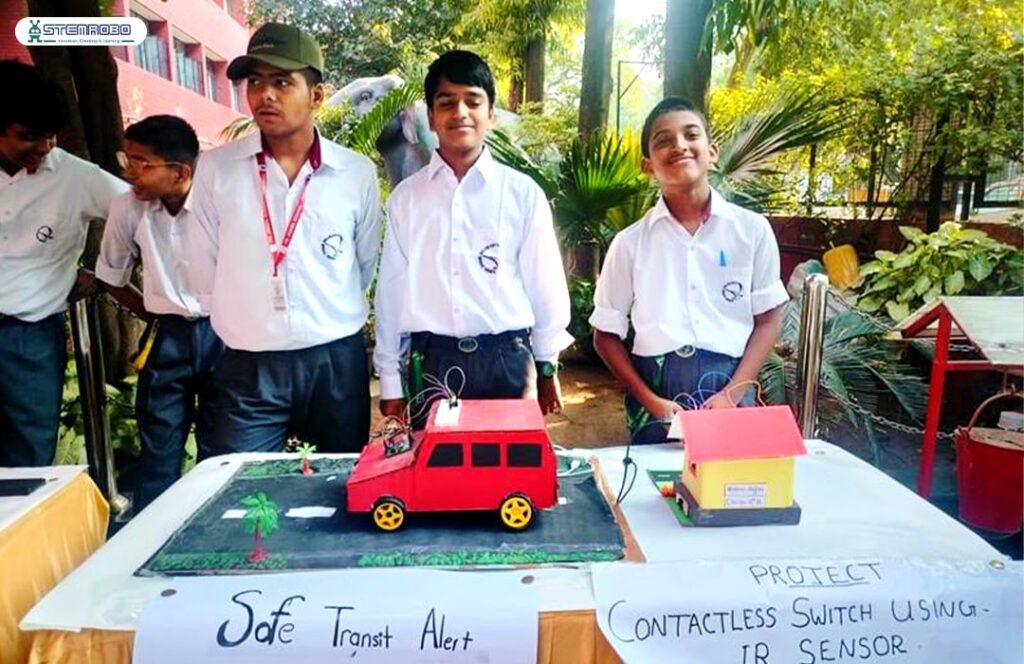First of all, what is Forensic Science? It is the science that helps solve crimes and bring justice. But it is an on-field job and students are usually taught through the traditional ways where they learn only through books and blackboards. As with technology is growing, the crimes also seem to become more advanced and complicated and so the education system needs to be changed in that sense. And this is where STEM education programs are helpful.
By using tools like simulation, Artificial Intelligence (AI), robotics, and STEM-based learning, the studies become much easier as the students learn through hands-on activities and this helps them learn better and retain what they understood for a longer time.
Beyond Textbooks
Traditional teaching methods are often limited. Students learn how to do investigations but don’t really get the chance to do it. The real crime scenes are full of uncertainty and pressure and it is very important to expose the students to an environment like this.
This is where modern technology along with STEM education for Students can help. Instead of only learning theory, students can now use virtual tools to explore and solve simulated cases, just like professional forensic experts do.

Simulation Learning: Experiencing Forensic Science
Simulation learning is perhaps the most exciting shift in this paradigm. It means creating situations that mimic real life and this can be done through VR in classroom.
imagine putting on a VR headset and stepping into a crime scene: you walk around, look for clues, collect samples, take photos, reconstruct a scene.
- With AI, you might run fingerprint matching, face recognition, digital trace analysis.
- With robotics or interactive kits, you might simulate lab processes, evidence collection, or chain-of-custody workflows.
Such tools allow students to experience forensic science, not just learn about it. And this experience builds deeper retention, sharper problem-solving and a mindset that’s ready for real-world investigation.
The Role of STEM curriculum for school in Forensic Education
STEM means Science, Technology, Engineering and Mathematics and all these four combine to give the most essential training for the future and its complications.
- Science helps the students understand how the common things like fingerprints, shoeprints, dust particles, hair, blood etc can help solve a case.
- Technology makes the work easier by searching up old and similar cases and also helps in making informed decisions.
- Engineering helps make machines and robots that are now becoming very common in this field. It helps get the work done quicker and helps avoid mistakes.
- Maths helps in finding the patterns, solving the equations etc.
STEM education makes the students not just learner, but they tend to think everything from a different way, like a professional detective.
How We Are Bringing It All Together
At STEMROBO Technologies, we’re making learning fun, practical, and exciting for students. Instead of just reading about forensic science, students learn it through hands-on experience through Virtual Labs in classroom etc. With the help of virtual simulations, they can actually step into an imaginative world where they can solve the crime scenes like professionals. With the help of do-it-yourself kits, the students can make robots or devices that would help them solves cases better and in lesser time. And the best thing is that the lessons are all aligned to India’s NEP 2020 that makes education more practical and fun. The teachers are also educated so that they can teach the students without much difficulty. All these make learning more fun and engaging. The educators as well the students are trained according to the demands and market trends so that they aren’t left behind and are ready to run the race.
STEM education is extremely important in forensic science because it builds the exact skills and mindset needed to investigate, analyze, and solve real-world problems. Here’s how:
- Scientific Thinking:
this subject demands careful investigation and so the students have to be very careful in connecting dots, finding and collecting evidence etc. - Technology Integration:
Tools like machines that test DNA, computer programs that study digital evidence, and 3D models of crime scenes all need good technology and engineering skills. - Data Analysis:
Math and statistics help experts study clues, understand lab results, and make sure their findings are correct. - Problem-Solving Mindset:
STEM helps students think clearly and solve problems step by step — skills that are very useful for understanding crime scenes or finding out who did it. - Innovation and Tools Development:
Engineering and coding knowledge help in designing better forensic instruments, software, and automated investigation systems. - Interdisciplinary Learning:
It has all the require subjects needed to prepare a child for their dream job.
Preparing for the Changing Nature of Crime
Crime is no longer just about a gun, blood stains or fingerprints. Today, sophisticated cyber-attacks, AI-generated data manipulation, digital forensics, cryptocurrency fraud and multi-jurisdictional evidence are all in play.
For India to match this evolution, forensic professionals must be skilled in science and technology. They must be comfortable with labs, code-bases, data analysis and devices. As crime evolves, so too must education. Simulation and STEM learning are crucial to preparing students for this reality.

How Schools & Students Can Benefit
If you’re a school administrator, educator or parent, here’s how you can benefit from this opportunity:-
We help schools set up innovation labs where students can actually experience real life crime scenes in the safety of their classrooms. This helps them learn better and remember it for a longer time.
Forensic science should be linked with subjects like coding, robotics, and maths so that the students find it easier to relate it better to the practical situations.
Educators should also be trained so that they can teach the students in a more fun and interactive way.
We provide the best virtual reality tools for education.
Looking Ahead: The Big Picture
Forensic science is a trending major because of the number of mishaps going on around us. And so, it is very important that the education imparted in this segment becomes more practical as it will help the students to memorise theories, and investigate in a better way.
When we introduce these new technologies like simulation, Artificial Intelligence (AI), robotics, and STEM learning, students get the chance to experience how actually a crime scene feels like and see how scientists and detectives approach cases so easily. By using tools like simulation, Artificial Intelligence (AI), robotics, and STEM-based learning, the studies become much easier as the students learn through hands-on activities and this helps them learn better and retain what they understood for a longer time.

